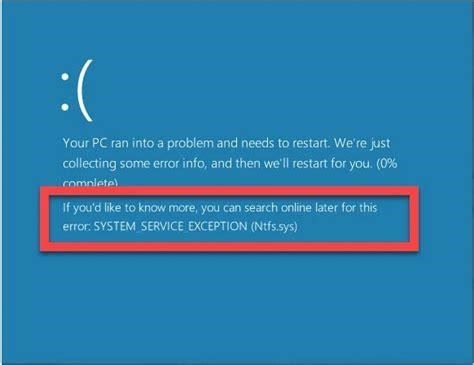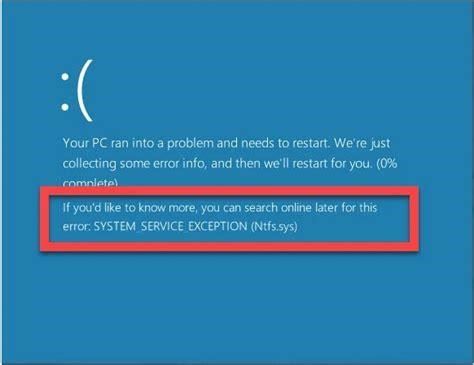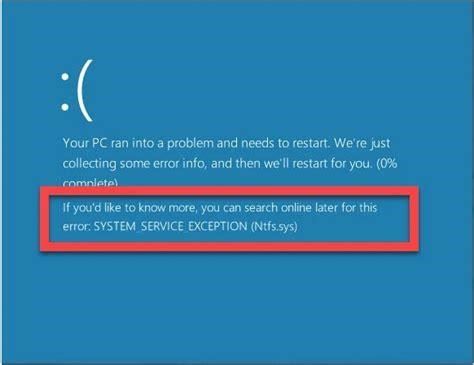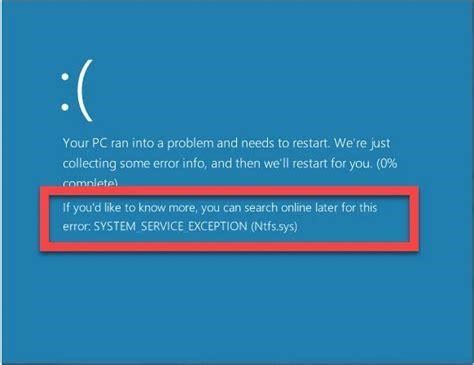Digging Deep Into Windows 10’s Power Mode Slider
Windows 10’s power mode slider provides users with an easy way to optimize their device’s performance based on their needs. But what exactly is happening under the hood when you move that slider? We decided to dig deeper to uncover the details.
After scouring forums and gathering insights from users, we discovered that the slider primarily adjusts power throttling algorithms in Windows 10. It does not directly change the selected power plan or any of its advanced settings. Instead, it tweaks things behind the scenes to favor either battery life or performance.
Battery Saver Mode
When you move the slider all the way to the left to Battery Saver mode, Windows aggressively throttles power to extend battery life. Some key things that happen:
-
The screen brightness is reduced. This provides one of the biggest battery savings.
-
The processor speed is throttled down since the CPU is one of the biggest power draws. The maximum processor state is reduced.
-
Most background activity is suspended, like automatic app updates and background downloading. This prevents apps from using power when you’re not actively using them.
-
Visual effects like transparency and animations are reduced or disabled to conserve GPU resources.
-
Default browser tabs may reload instead of staying active in the background, further limiting background activity.
-
Push notifications and location services may be turned off for many apps, reducing network and GPS usage when the apps aren’t open.
In summary, non-essential activity is curtailed to give you the longest battery life possible, at the cost of reduced performance.
Better Battery and Recommended Modes
The default Better Battery and Recommended modes are targeted at balance. They provide good battery life without aggressively limiting performance like Battery Saver. Some key aspects:
-
The CPU can still achieve higher performance states compared to Battery Saver, but not maximum performance. This provides a balance of performance and longevity.
-
Background activity is reduced, but not disabled entirely. Updates and downloads may happen less frequently.
-
Visual effects are still enabled, but may be slightly toned down compared to higher performance modes.
-
Screen brightness is reduced slightly compared to the maximum.
Overall these modes reduce power consumption while still allowing some background activity and visual effects for a responsive experience. They strike a balance for many general-use cases.
Better Performance
True to its name, Better Performance tilts the slider towards favoring performance over battery life. Some changes include:
-
Higher CPU speeds and performance states are allowed compared to the battery modes. The maximum processor state is increased.
-
More background activity is permitted, like app updates and downloads.
-
Visual effects like transparency and animations are enabled to their full capacity.
-
Screen brightness can go up to the maximum.
-
Push notifications and syncing happen more frequently to keep things updated.
You sacrifice some battery life for snappier performance and less waiting on updates or loading animations. But battery impact is kept reasonable for on-the-go use.
Best Performance
Pushing the slider all the way to Best Performance gives you the highest performance possible, at the cost of battery life. Specifically:
-
The CPU is allowed to run at maximum speed unthrottled. Performance is prioritized over efficiency.
-
All background activity is permitted, keeping everything syncing and updating rapidly.
-
Visual effects are enabled fully.
-
Screen brightness hits maximum.
-
Caching is increased to load apps and files faster.
Basically, nothing is limited in the name of battery. You’ll get the snappiest experience possible, but your battery will drain swiftly so this mode is best for plugged-in use. Gaming or demanding creative work benefit from the full power.
Customize Advanced Power Settings
While the slider provides an easy way to shift power profiles, you can further customize settings by editing your selected power plan’s advanced options. Key areas to focus on include processor performance boosting, multimedia settings, screen brightness level, wireless adapter settings, USB selective suspend, and hard disk settings. Adjust to your specific needs for the best experience.
We hope this deep dive gives you insight into how Windows’ power slider tailors performance versus battery life. Let us know if you have any other Windows 10 tips you’d like explained!




